calsfoundation@cals.org
Leola (Grant County)
| Latitude and Longitude: | 34°10’10″N 092°35’28″W |
| Elevation: | 269 feet |
| Area: | 0.85 square miles (2020 Census) |
| Population: | 460 (2020 Census) |
| Incorporation Date: | September 5, 1907 |
Historical Population as per the U.S. Census:
|
1810 |
1820 |
1830 |
1840 |
1850 |
1860 |
1870 |
1880 |
1890 |
1900 |
|
– |
– |
– |
– |
– |
– |
– |
– |
– |
– |
|
1910 |
1920 |
1930 |
1940 |
1950 |
1960 |
1970 |
1980 |
1990 |
2000 |
|
398 |
482 |
379 |
412 |
313 |
321 |
390 |
481 |
476 |
515 |
|
2010 |
2020 |
|
|
|
|
|
|
|
|
|
501 |
460 |
|
|
|
|
|
|
|
|
Formerly known as Sandy Springs, the town of Leola in Grant County was formed early in the twentieth century as a timber town served by the Rock Island Railroad. Although it struggled during the years of the Depression, Leola was revitalized in the middle of the twentieth century and remains a producer of timber in the twenty-first century.
Among the earliest white settlers in the area were John Guest, Thomas Toler, William Dyer, and Mary Dyer, who established land claims between 1843 and 1857. Most of the residents were farmers, benefiting from the rich land along the Saline River, which flooded in some years, providing a short-term inconvenience but also enriching the farmland with fresh deposits of rich soil. The settlement was variously known as New Prospect, Tuckerfield, and Sandy Springs. The ferry crossing of the Saline River, approximately three miles from Sandy Springs, was operated by Thomas Jenkins and later by his sons William and John. Jenkins’ Ferry was the site of a significant Civil War engagement, the last significant event in the Camden Expedition, on April 29–30, 1864. In 1961, the location of the engagement was made a state park.
Sandy Springs received a U.S. post office in 1870, but the community remained sparsely settled until the Rock Island Railroad arrived in 1905. A town was platted that same year and incorporated in 1907. The name was changed to Leola in memory of a girl named Alice Leola Cunningham, who died in 1905, reportedly in a fire. By 1913, the town had two sawmills, two stave mills, a planing mill, a bank, a high school, two churches, a hotel, twelve stores, a cotton gin (the T. A. Riggan Gin), a grist mill, a heading factory, and a hub factory. Around the same time, a cannery was established to process locally grown tomatoes. The town also boasted of a movie theater, a photography studio, a barbershop, a Masonic lodge, and a brass band. During the 1920s, the population approached 500 citizens, and community leaders expected Leola to surpass the county seat, Sheridan (Grant County), in size. The Arnold Brothers Lumber Company operated during the 1920s in Leola.
The Depression, which included a decline in the timber industry, laid waste to those hopes of prosperity. The sawmills closed, followed by the town’s businesses. Leola, it appeared, would shrink to insignificance and perhaps vanish from the map, as so many other cities and towns had done. In 1936, however, H. G. Toler, a descendant of one of the original settlers, opened a new sawmill in Leola, and soon the town was growing again. A brick school was built in the 1940s, and a second sawmill was started in 1950 by Herman Wilson Jr.
Highway 229, running through Leola, was paved in 1957, and local leaders worked to have all the streets of the town paved as well. In 1964, the town government applied for and received a federal grant of $70,000 to install a new water system in the town; the grant was matched by a forty-year loan given by the Farmers Home Administration, and the water system was completed in 1965. In 1964, the Arkansas Game and Fish Commission completed a dam across Cox Creek near Leola creating Cox Creek Lake, known for fishing and boating. The International Paper Company acquired Wilson’s sawmill in 1974.
For more than twenty years, the Dorey family raised catfish and also ran a processing plant in Leola that employed about 150 workers; they closed the plant in 2000 and transitioned to the restaurant and catering business.
By the census of 2010, the population of Leola stood at 501; it had fallen to 460 ten years later. The town has at least two churches—Missionary Baptist and United Methodist—and several stores, along with lumber operations, including Toler and Sons (the town’s largest employer), International Paper, Leola Lumber Mill, and Wylie Logging Inc.
For additional information:
Goolsby, Elwin L. Our Timberland Home: A History of Grant County. Sheridan, AR: Grant County Museum, 1984.
Stuckey, Alma G. “Leola Is Little—But It’s Determined to Get Bigger.” Arkansas Gazette, October 22, 1961, p. 4E.
———. “Running Water in Leola.” Arkansas Democrat Magazine, October 17, 1965, pp. 5–6.
Steven Teske
Butler Center for Arkansas Studies
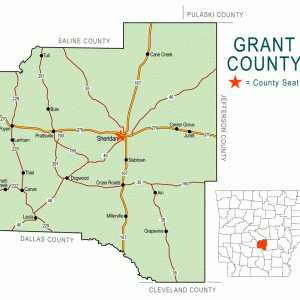 Grant County Map
Grant County Map 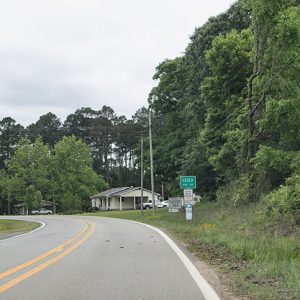 Leola
Leola 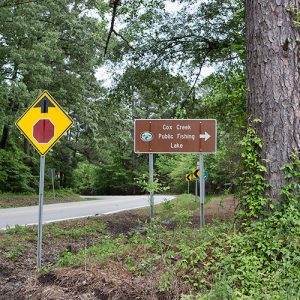 Leola
Leola 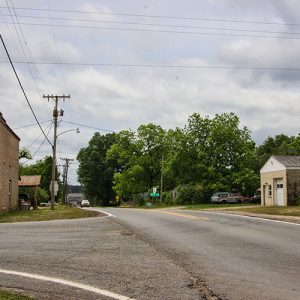 Leola
Leola 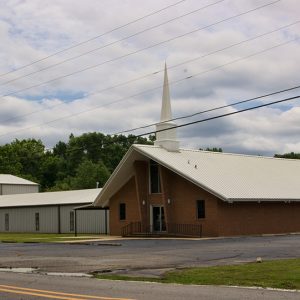 Leola Baptist Church
Leola Baptist Church 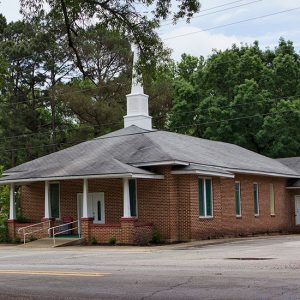 Leola Methodist Church
Leola Methodist Church 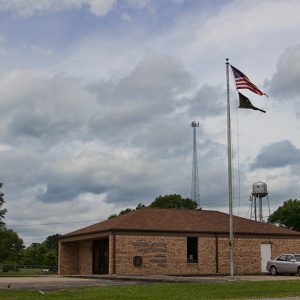 Leola Post Office
Leola Post Office 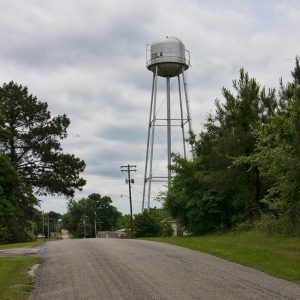 Leola Water Tower
Leola Water Tower 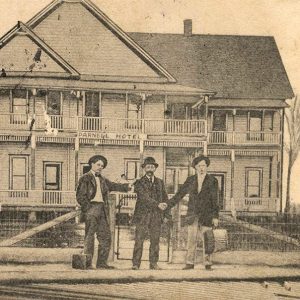 Parnell House
Parnell House 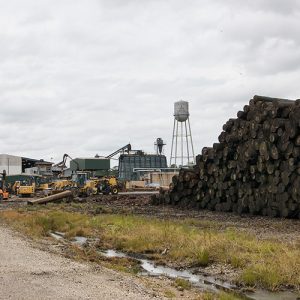 Toler & Sons
Toler & Sons 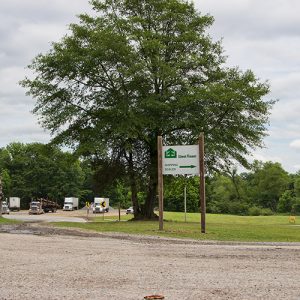 West Fraser Timber
West Fraser Timber 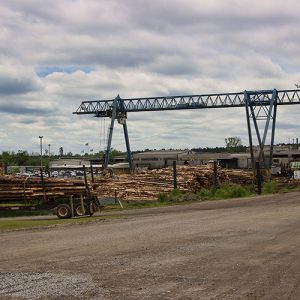 West Fraser Timber
West Fraser Timber 



In 1987, Carlton Dorey turned his 350-acre cattle farm in Leola into one of the most tremendously successful catfish farms/production facilities in the nation. In the years to follow, he and wife Tudy along with his two sons Robin and Tony and his daughter Carla Dorey went into a business partnership with the Tennessee Pride sausage company.
With their financial backing, Mr. Dorey would go on to become personally responsible for designing the layout for how the entire plant’s production line would run. Throughout the duration of the Bright Water Farm fish production plant’s existence, he also became responsible for having created multiple types of ground-breaking machinery still used by many other fish-processing production facilities today. Mr. Carlton Dorey designed and equipped one of the largest catfish-processing facilities in the nation right here in little old Leola, Arkansas, employing well over 200 people.
When I was a little girl in the 1960s, my great-grandmother told me a story about the naming of one of her sons. At the time of his birth, my great-grandfather was “out west” working, so my great-grandmother decided to name the baby after the town and county where my great-grandfather was at the time. My great-grandmother named the baby in my great-grandfathers absence. Upon his return home, he informed her that shed named their son after a little girl, Leola Grant, who had drowned there. My great-uncle always went by Leo. Now, decades later, I have found the town thanks to the internet! I suppose that, to her, Arkansas was “out west” from Indiana.